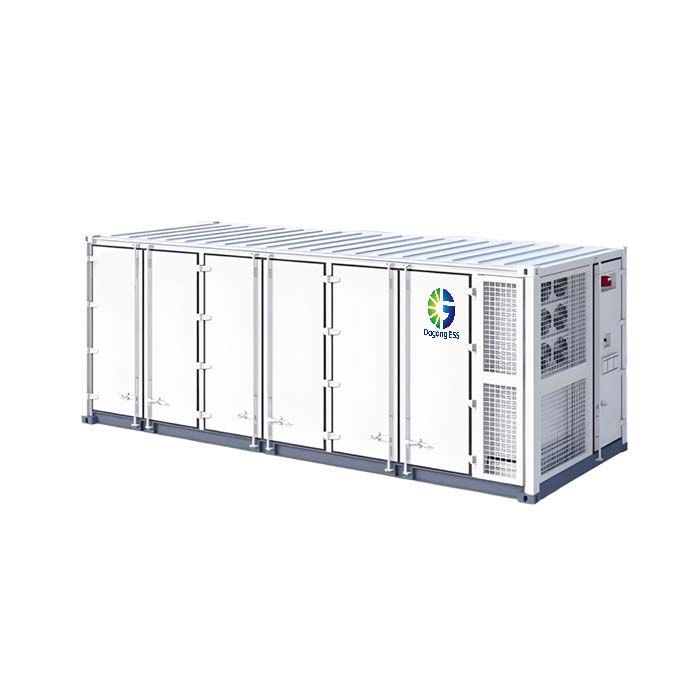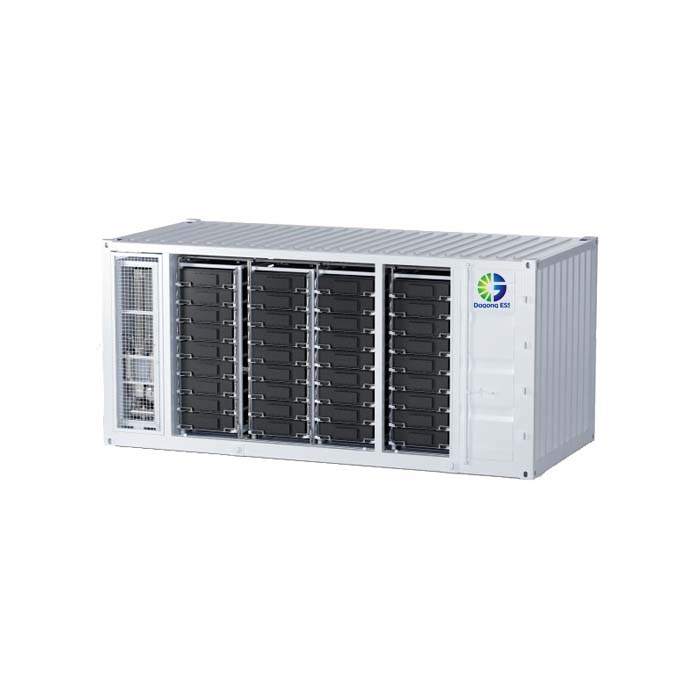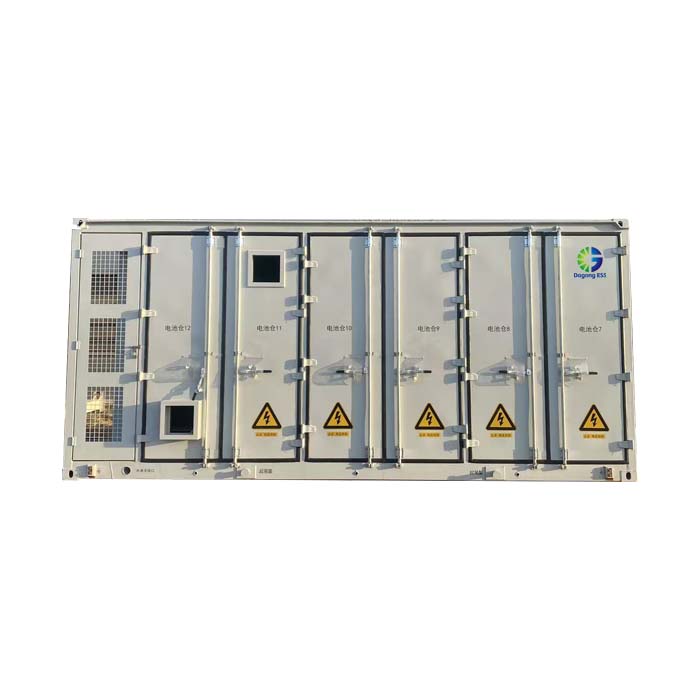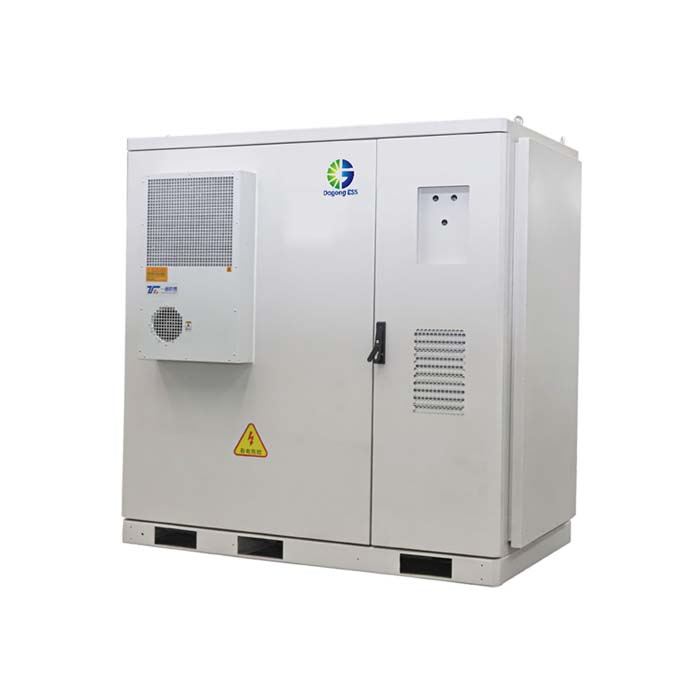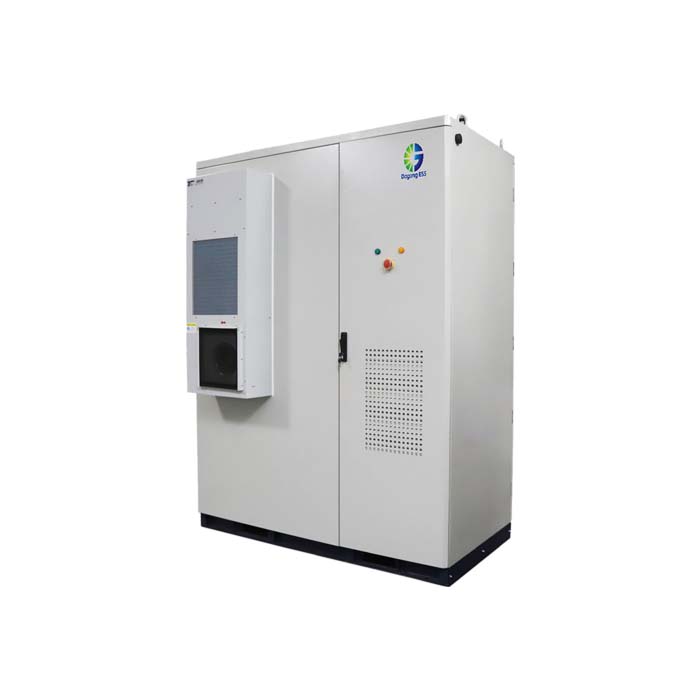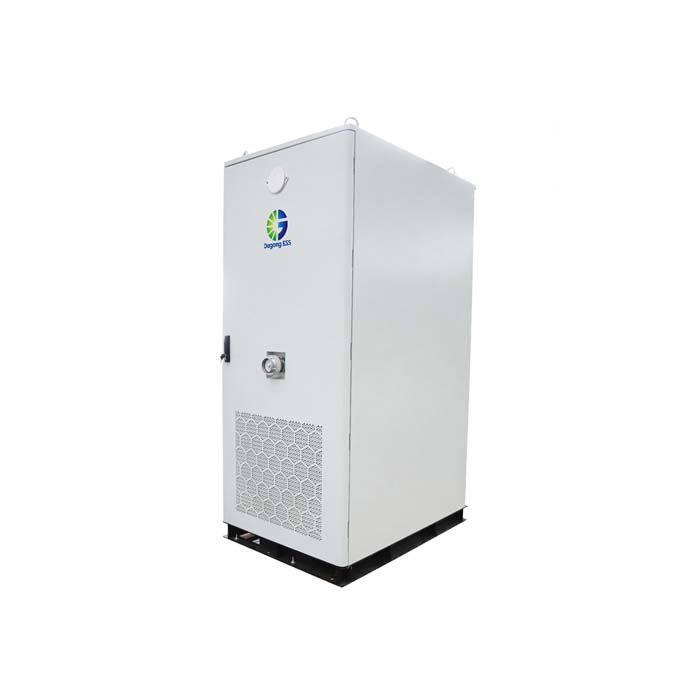Comparing Energy Storage Policies: China vs. US vs. EU (2025 Update)
What is Driving Energy Storage Policy Development?
As global decarbonization accelerates, energy storage has emerged as a key pillar in the transition to clean energy. Governments in China, the US, and the EU have introduced policy frameworks that support the deployment of grid-scale and commercial battery energy storage systems (BESS). These policies are designed to address peak demand, integrate renewables, enhance grid stability, and create market opportunities for industrial players.
In 2025, differences in strategic focus are evident: China emphasizes large-scale infrastructure and ancillary services, the US prioritizes market incentives and tax credits, while the EU focuses on sustainability, grid flexibility, and cross-border electricity trade.
Types of Energy Storage Policies in China, US, and EU
China: Policies such as the “New Power System” plan promote utility-scale BESS, mandatory allocation of storage in new renewable projects, and grid-side storage pilot zones. Provinces like Shandong and Inner Mongolia have specific discharge duration and capacity requirements.
United States: The Inflation Reduction Act (IRA) provides a 30% Investment Tax Credit (ITC) for standalone storage. FERC Order 2222 enables storage to participate in wholesale markets. States like California and New York have their own mandates and incentives.
European Union: The EU Green Deal and Battery Regulation establish a framework for lifecycle sustainability and circular economy compliance. Energy storage can bid into flexibility and capacity markets under national plans, supported by the Clean Energy Package.
Features of Energy Storage Policies (2025 Focus)
China: Strong top-down directives, mandatory allocation ratios, and emphasis on peak shaving, frequency regulation, and dual carbon targets.
US: Market-based incentives, open participation of independent storage in energy trading, and monetization through demand response and capacity markets.
EU: Emphasis on environmental standards, digitalization, battery passport requirements, and integration with smart grids and cross-border infrastructure.
Policy differences impact how commercial BESS like air-cooled and liquid-cooled systems are deployed. For instance, in China’s policy-driven pilot zones, large-capacity air-cooled systems (e.g., 215kWh–241kWh) are commonly used to fulfill mandatory discharge durations.
Applications of ESS Under Regional Policies
China: Peak shaving in industrial parks, renewable smoothing in wind-solar bases, and ancillary services such as voltage and frequency support.
US: Time-of-use (TOU) optimization for C&I users, behind-the-meter storage for solar self-consumption, and revenue stacking in electricity trading.
EU: Grid balancing in congested areas, energy arbitrage in cross-border electricity trade, and compliance with green procurement policies in commercial sectors.
Products such as 100kWh air-cooled cabinets or 372kWh liquid-cooled BESS are widely adaptable across regions, depending on policy-driven technical specifications and business models.
Products such as 100kWh air-cooled cabinets or 372kWh liquid-cooled BESS are widely adaptable across regions, depending on policy-driven technical specifications and business models.
Price of Energy Storage Systems
The cost of energy storage systems for renewable energy integration depends on several factors, including system capacity, storage duration, battery type, control software, installation conditions, and auxiliary equipment.
Pricing is usually quoted under international trade terms such as EXW, FOB, or CIF, depending on project location and logistics preferences.
For a tailored quotation based on your specific project needs, it's best to consult directly with the supplier.
How to Select Energy Storage Solutions for Different Policy Environments?
Assess Local Regulations: Verify policy incentives, discharge time requirements, and connection standards.
Match Technical Parameters: Choose systems (e.g., LFP battery chemistry, modular CTP structure) aligned with grid codes and incentives.
Consider Scalability: Opt for modular systems such as stackable 5–80kWh home storage or 5MWh containerized BESS for flexible deployment.
Supplier Capabilities: Select vendors with multi-region compliance experience and system integration expertise.
How Long Does a Battery Energy Storage System Last?
Most lithium iron phosphate (LFP) based energy storage systems used for commercial and grid-scale projects offer 6000–8000 cycles, equating to 10–15 years of service life depending on usage patterns and ambient conditions.
Advanced systems like liquid-cooled ESS with thermal management and smart BMS can further extend longevity and safety.
The Supplier of Energy Storage Systems
When comparing energy storage suppliers globally, it's essential to evaluate product range, export experience, and compliance with CE, UN38.3, MSDS, and other regional certifications.
Some commercial systems already deployed across policy-driven projects include:
100kWh–144kWh Air-Cooled ESS
215kWh–241kWh Air-Cooled ESS with CTP design
372kWh Liquid-Cooled ESS with real-time diagnostics
5MWh Air-Cooled Container ESS for large-scale grid applications
These systems have been implemented in multiple international projects adapting to China’s discharge mandates, US market trading needs, and EU green compliance goals.
If you are interested in energy storage systems compliant with global policy requirements, please contact Dagong ESS.
Email: sales@dagongess.com
Website: www.dagongess.com


